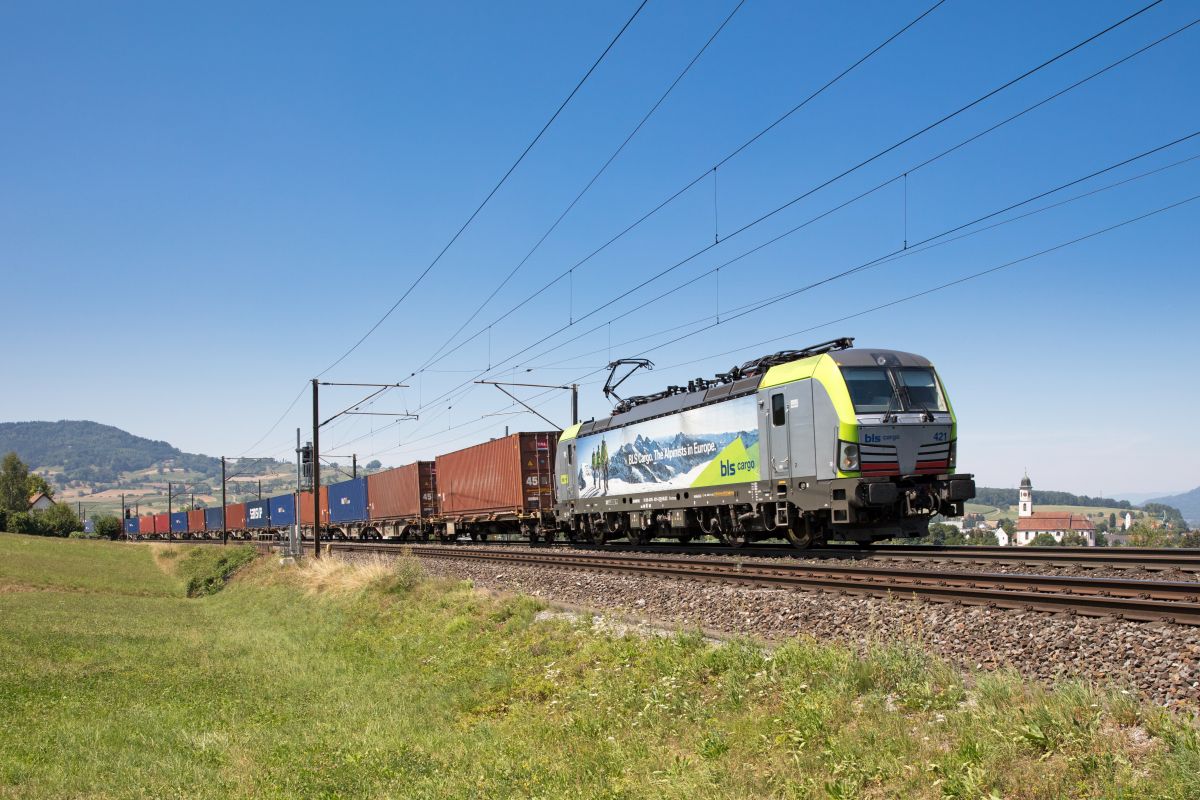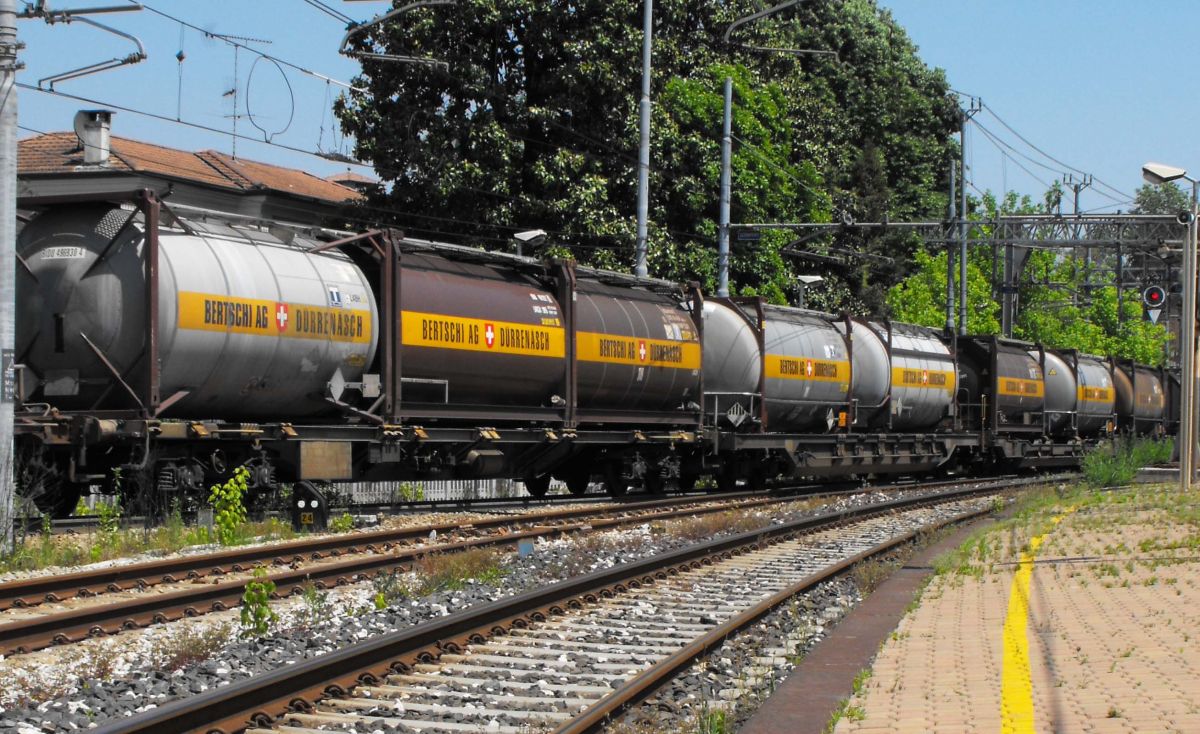Yesterday (18 June), the Council of the European Union adopted a General Approach on the Commission Proposal for a Regulation on Railway Infrastructure Capacity (COM (2023) 443). The proposal is intended to optimise railway capacity, improve cross-border coordination, increase punctuality and reliability, and ultimately attract more freight to rail. The general approach adopted does not go far enough in meeting these objectives.
For rail freight to become increasingly attractive to end users, it needs to move away from a national approach on capacity management to a more internationally coordinated approach. Over 50% of rail freight, and nearly 90% of intermodal rail freight, operates across at least one national border today. Presently the infrastructure is managed on a national basis with little international coordination. Rail freight is therefore operating cross-border services on a patchwork of national networks.
This does not mean that the current infrastructure management system for capacity allocation, which is largely built around the needs of passenger traffic, needs to be abandoned. The capacity needs of rail freight can be achieved through an internationally agreed framework for capacity management which caters for long-term, rolling planning and secured international paths for rail freight. For rail freight services to become more attractive to end users, it must be accepted the status-quo is not effective. How railway capacity is managed needs to evolve into an international, digital and flexible system.
What we observe in the General Approach unfortunately does not go in this direction. The general move towards making European rules proposed by the European Commission unbinding, or open to national derogations, will lead to a situation where rail freight continues to operate on various national patchworks. It will mean continued fragmentation and sub-optimal exploitation of the available European railway infrastructure capacity and, crucially, an inadequate support to European supply chains.
It is also highly doubtful whether the proposal of the Council will reduce the impact of temporary capacity restrictions on rail freight services. Today, rail freight services throughout many European Member States are experiencing significant delays and cancellations due to poorly planned and uncoordinated capacity restrictions which lack the required focus on traffic continuity solutions. It is important for the new regulation to include provisions for ensuring rail freight becomes more predictable during capacity restrictions. This should be supported by real reciprocal incentives for infrastructure managers to plan capacity in a customer-friendly manner well in advance.
The Council proposal to delay the entry into force of this Regulation until 2029, and 2032 for certain provisions, will mean this Regulation will have no impact on the European Commission’s goal of achieving a 50% growth of rail freight by 2030. This sends a message that policymakers are giving up the agreed 2030 objective.
Ahead of the upcoming trilogue negotiations it is essential that the European Commission, the European Parliament and the Council arrive at an agreed text which places a greater emphasis on meeting the business requirements of a functioning European rail freight market or there is a significant risk the proposal will have no real impact on increasing the punctuality and reliability of European rail freight.
Issuing Associations:
CLECAT
ERFA
ESC
UIP
UIRR


